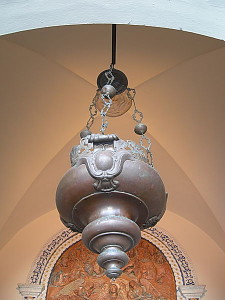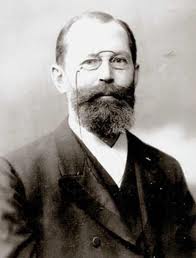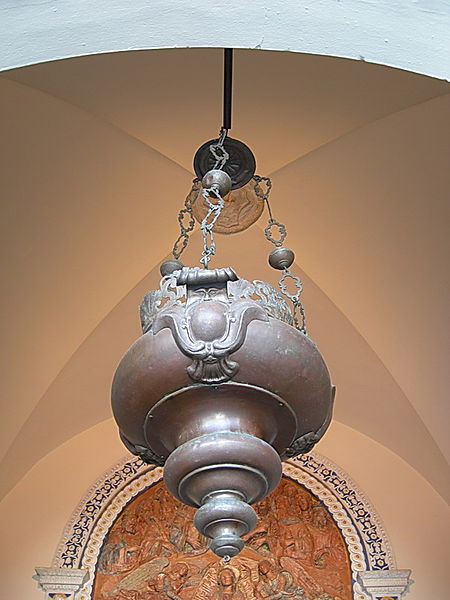 According to the tradition, Galileo Galilei discovered the law of the pendulum oscillations by observing those of the incense lamp that in his time was suspended in the center of the aisle of the cathedral of Pisa, and that we see in the image here on the side. To measure the period of oscillations of this pendulum, Galileo used the most accurate clock available at his time: its own heartbeat.
According to the tradition, Galileo Galilei discovered the law of the pendulum oscillations by observing those of the incense lamp that in his time was suspended in the center of the aisle of the cathedral of Pisa, and that we see in the image here on the side. To measure the period of oscillations of this pendulum, Galileo used the most accurate clock available at his time: its own heartbeat.
Certainly, the heartbeat can be a good reference to assess periodic regularity such as pendulum oscillations, but today we know that the heart rate clock is far from accurate. In fact, it is even more inaccurate the more one is in good health.
Let’s see how.
Continue reading
InSight
Science and Technology in Everyday Life
Year: 2013

This is the first article in which, instead of limiting myself to exposing the established facts and theories of modern science, I indulge in adding a minimum of personal vision.
Not so much in the concepts outlined, but in looking for a link between them. To take a step back to look at the forest instead of focusing on the trees.
For this reason I need to mix together some arguments in the hope of highlighting the aspects that they have in common and to which we give different interpretations.
The two complementary aspects that are the heart of this article are separation and vagueness.
Continue reading
 In spite of the title, this article is NOT about politics!
In spite of the title, this article is NOT about politics!
Given that we are approaching the electoral period and given the fact that the electoral law in Italy is often the subject of discussion, I thought it might be interesting to know some mathematical curiosity about the methods of sharing and representing the will of the people.
Continue reading
 In this article, we still talk about chemistry and the substance that is the subject of our story is called glucose. But instead of exploring the properties and uses of glucose, we focus on what is a beautiful page of applied scientific method, dated to the late nineteenth century and starring the Nobel Prize for chemistry in 1902, the German chemist Emil Fischer, of which we see in a photograph reproduced here beside.
In this article, we still talk about chemistry and the substance that is the subject of our story is called glucose. But instead of exploring the properties and uses of glucose, we focus on what is a beautiful page of applied scientific method, dated to the late nineteenth century and starring the Nobel Prize for chemistry in 1902, the German chemist Emil Fischer, of which we see in a photograph reproduced here beside.
Continue reading
© 2025 InSight
Based upon a Anders Noren theme — Up ↑

 -0
-0  )
)